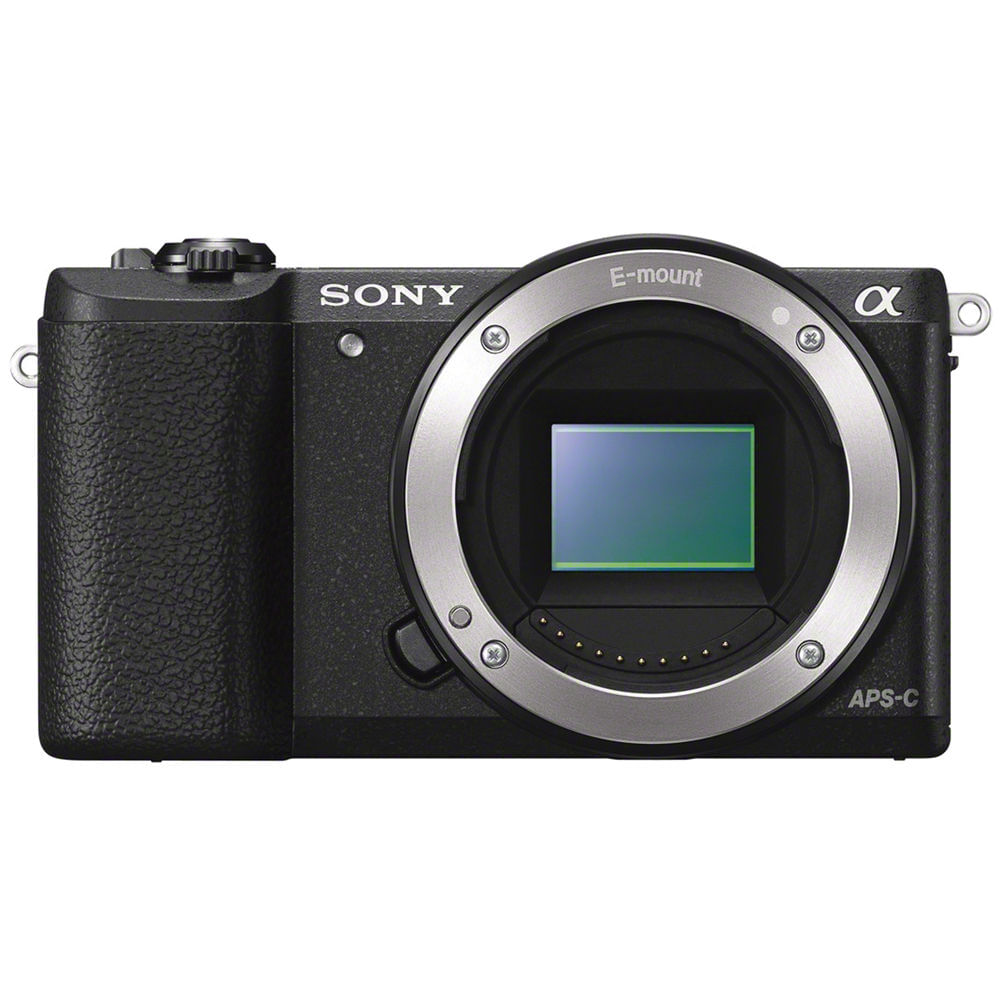well, mirrorfree digital cameras can be shrunk right down to barely fit the lens mount.
eg Sony A5100 (= without EVF)
http://j.mp/2SxSe0Y
Canon followed a similar approach with the first, ultra-compact EOS M, M2 models, but went bigger and bigger with later models (currently minimum size is EOS M100). Sony also started small with A7 1st gen and made subsequent generations bigger and bigger, partially to accommodate larger grip and better battery, partially to overcome heat dissipation issues stemming from continuous full-bore 4k video recording for 29 minutes on end.
a stills-centric mirrorfree digital Canon EOS camera (sans 4k video capture!) could be built extremely compact around R-mount FF-sensor.
Personally I would live it and be willing to take a few compromises in exchange for most compact size - eg "no 4k video, no prominent grip, no top display, no "record video" button, no ON/OFF dial, no M.-fn slider ...

But it should still come with integrated (excellent!) EVF and decent battery charge. In other words, an EOS R built to minimum size possible with RF mount and LP-E6N power pack and a pop-up EVF (as on some Sony RX-100 models and RX1R II) ... for maximum portability, plus some very compact, moderately fast, easily affordable RF lenses (in addition to f/2 zooms and f/1.2 behemoths).
Not sure if Canon will ever do it. I don't sense much ambition yet to serve the "i want full frame goodness in a camera as compact as possible" market segment. IBut I am sure there is drmand and there would be a market for such a camera/ system.
Actually it would be the very market segment Olympus should have positioned themselves in, rather than going going all-in with soon-dead mFT! Just as they did in the days of film SLRs with their OM series: "fully capable FF cameras, noticeably more compact than equivalents by Canon, Nikon and other brands". it might have saved Oly's *ss, but too late now.


